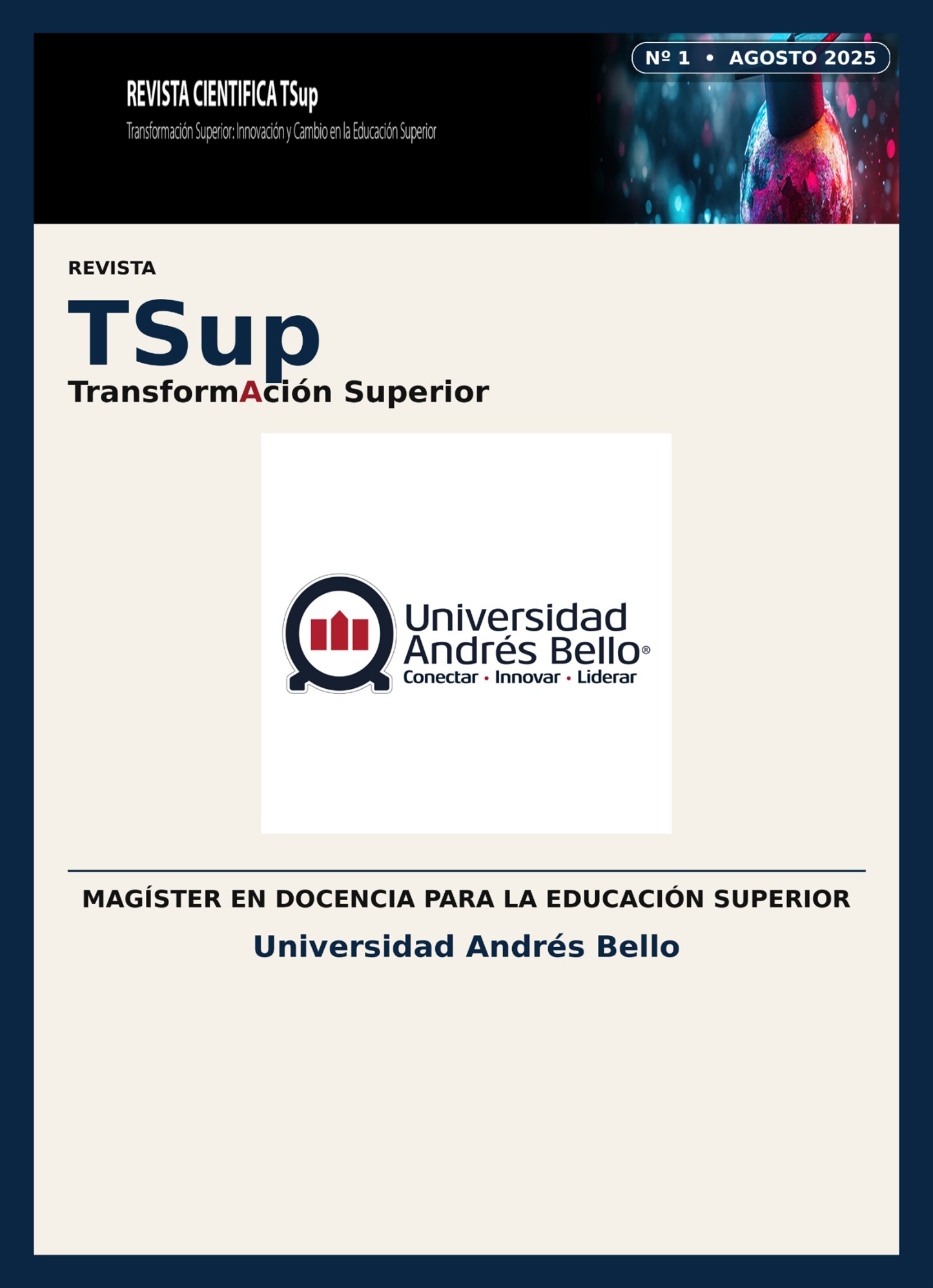Implementation of Problem-Based Learning in General Anatomy: Contribution to Learning and Clinical Competencies in Midwifery Students
DOI:
https://doi.org/10.53382/issn.2810-7977.6Keywords:
Education.Problem-Based Learning (PBL, Anatomy; Midwifery, Meaningful learning, Clinical competencies, Health sciences educationAbstract
The main goal of this study was to enhance the teaching-learning process in the General Anatomy course of the Midwifery program at the University of Atacama by implementing Problem-Based Learning (PBL). This innovation was introduced in response to high failure rates, a weak linkage between anatomical theory and clinical practice, and the need to promote active, meaningful learning among students. The implementation involved 68 first-year students and utilized three clinical cases grounded in real-world obstetric and general health scenarios, thereby contextualizing anatomical content. Students worked in collaborative groups to identify problems, formulate hypotheses, engage in self-directed research, and propose evidence-based solutions, with the instructoracting as a learning facilitator. The results were highly positive: there was a marked increase in student participation, motivation, and interest, as well as improved performance in theoretical and practical assessments. Participants appreciated the methodology for fostering a deeper understanding of human anatomy from an applied perspective relevant to their future profession. In conclusion, the integration of PBL in this course proved to be a successful experience that strengthened early clinical competencies, improved meaningful learning, and enhanced transversal skills (such as critical thinking, teamwork, and self-directed learning) essential for the professional practice of future midwives. This experience lays the groundwork for consolidating and expanding the use of active methodologies in health sciences education
Downloads
Downloads
Published
Issue
Section
License
Copyright (c) 2025 Revista Transformación Superior Transup

This work is licensed under a Creative Commons Attribution-NonCommercial-ShareAlike 4.0 International License.


